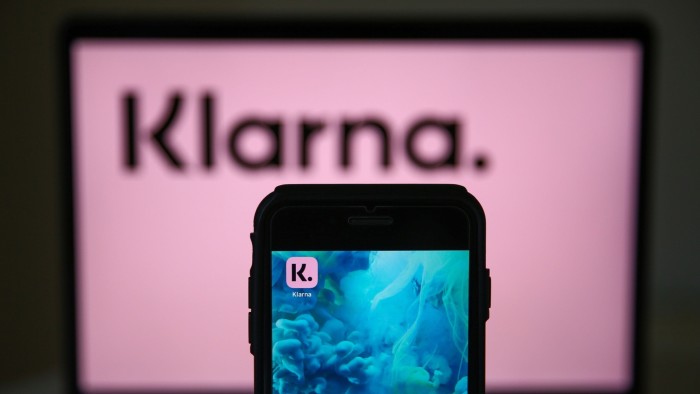Unlock the Editor’s Digest for free
Roula Khalaf, Editor of the FT, selects her favourite stories in this weekly newsletter.
Swedish consumer lender Klarna has reported a profit for the third quarter as it benefited from an expansion in the US that increased payment volumes but also pushed up credit losses.
The provider of short-term consumer credit posted a net profit of SKr216mn ($20mn) in the three months to the end of September. However, it remained lossmaking overall in the first nine months of the year, reporting a net loss of SKr116mn.
For these nine months from January to September, revenues rose 23 per cent year on year to SKr20bn, boosted by growth in the US where Klarna has signed partnerships including with Apple Pay.
At the same time, consumer credit losses increased 44 per cent to SKr3.5bn, up from SKr2.5bn in the same period last year. The consumer credit loss rate rose from 0.36 to 0.44 per cent.
“We’re back in familiar territory: profit and growth, just like the old days,” said chief executive Sebastian Siemiatkowski.
Klarna was founded in 2005 and was regularly profitable until 2019, when it started to accept some credit losses in order to pursue US expansion.
It has been looking to cut costs as investors scrutinise its profitability ahead of its highly anticipated public listing.
Siemiatkowski has touted the benefits of artificial intelligence for productivity, saying the technology would allow Klarna to almost halve its workforce. He presented Monday’s results via an AI-generated avatar of himself.
Klarna’s operating expenses fell to SKr9.7bn year on year in the first nine months, thanks to a 16 per cent cut in sales and marketing costs. Customer service related costs were down 14 per cent.
Klarna, which was once Europe’s most valuable tech company, filed this month to list in the US. The listing is expected to take place in the next year at a valuation of more than $15bn.
Read the full article here

